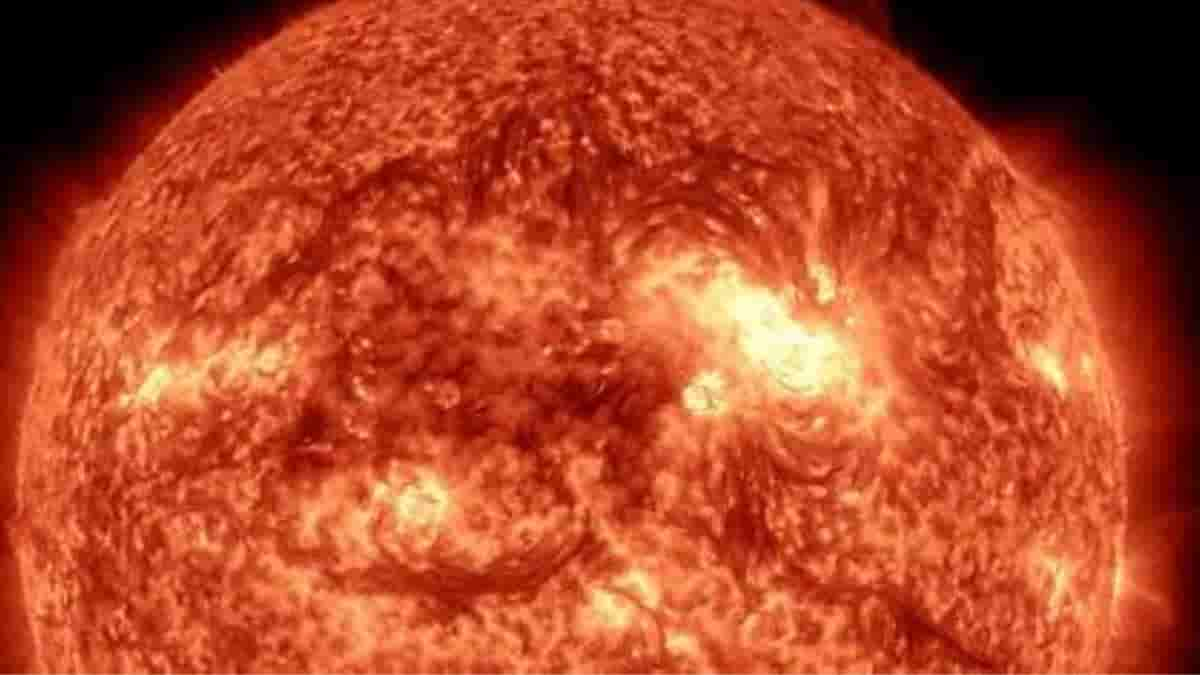What will happen if the Sun dies all of a sudden?

The three stages of life—birth, life, and death—are experienced by all-stars. Our star will begin to die in about 2 billion years. After its hydrogen supply runs out, the sun will expand into a red giant before shrinking to become a white dwarf. With a diameter of nearly 864,000 miles and an estimated lifetime of 10 billion years, our sun is one of the largest stars in the universe. Approximately halfway through its 4.5 billion year life, the sun is now. But before the sun enlarges and becomes hot enough to boil the oceans, at least 1 billion years remain for people to exist on Earth.
How does Sun expand into a red giant?
In essence, the conversion of all the hydrogen in a star like our Sun to helium and subsequent reorganization results in the development of a Red Giant. During this process, roughly 10 billion years pass. The Sun will become a Red Giant, expand, and become denser than it is currently.
The fusion process will halt at this stage since it won’t be dense enough to produce other heavier metals like iron. As a result, the star would collapse on its core due to inward-acting gravity because there won’t be any fusion energy to stabilize it. Once it starts doing this, it will continue doing so for a few hundred million years or until it runs out of helium.
The Sun will coolly change into a White Dwarf, a cool, highly dense star that is roughly the size of the earth but has the mass of the Sun, after gently expelling its outer layers into space and forming a planetary nebula.
The Death of the Planet
Much of the Earth’s orbit were to shift even farther, this wouldn’t be enough to stop the sun from expanding to Mars’ orbit and ultimately saving the planet. Earth will be sucked up by the sun and then vanish instantly.
Life will cease to exist billions of years before the planet disintegrates because the sun will begin expanding shortly after the Earth’s core runs out of hydrogen and because the Earth’s temperature rises by 10% every billion years. The oceans will vanish, and Earth will resemble Mars. The habitable space will expand. From Mars will come to the new Earth.
Even Mars won’t spend much time in the habitable zone, though. After a billion years, it will experience the same fate as Earth, and the habitable zone will advance toward Saturn and Neptune. By the time the sun has finished expanding, Pluto and the Kuiper Belt would be a part of the habitable zone.
The White Dwarf
The sun’s outer layer of hydrogen will ultimately run out and stop serving as an energy source. The sun will begin to disintegrate. By the time the habitable zone began to shift inward, all planets would have collapsed during the expansion. Helium will combine with other elements to form heavier ones like carbon and oxygen. At this point, gravity will no longer be able to hold the sun’s core and outer layers together, leading to the formation of a planetary nebula. The sun will eventually shrink to the size of the Earth and turn into a white dwarf star.
What would happen if the Sun disappears from our planet?
If the sun abruptly departs, it will take 8 minutes for total darkness to be seen on Earth because that is how long it takes the sun’s light to reach us. If darkness were the primary factor, it would take some time for the majority of life on Earth to go. Additionally, the temperature would drop, making it harder to survive more quickly.
Our solar system’s gravitational center is the sun, therefore removing it would temporarily cause the other bodies to become chaotic. However, after a few collisions, the system may find a new center. Possible candidates include Jupiter or a newly formed, large planet that was created as a result of a collision between Jupiter and other solar system elements.
The Earth might start revolving around the new center. If it were lucky enough to dodge these collisions and didn’t merely rocket off into space.

